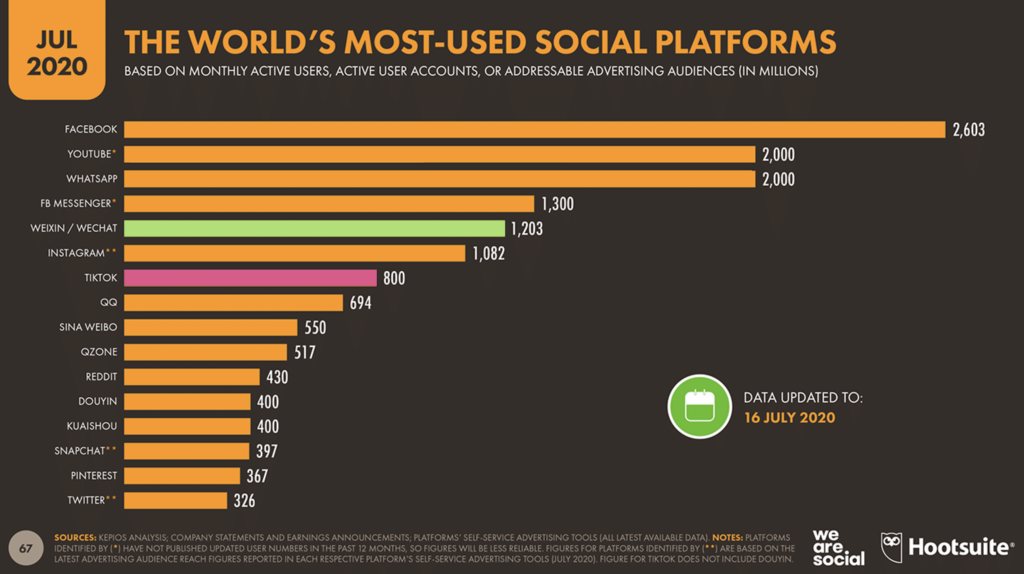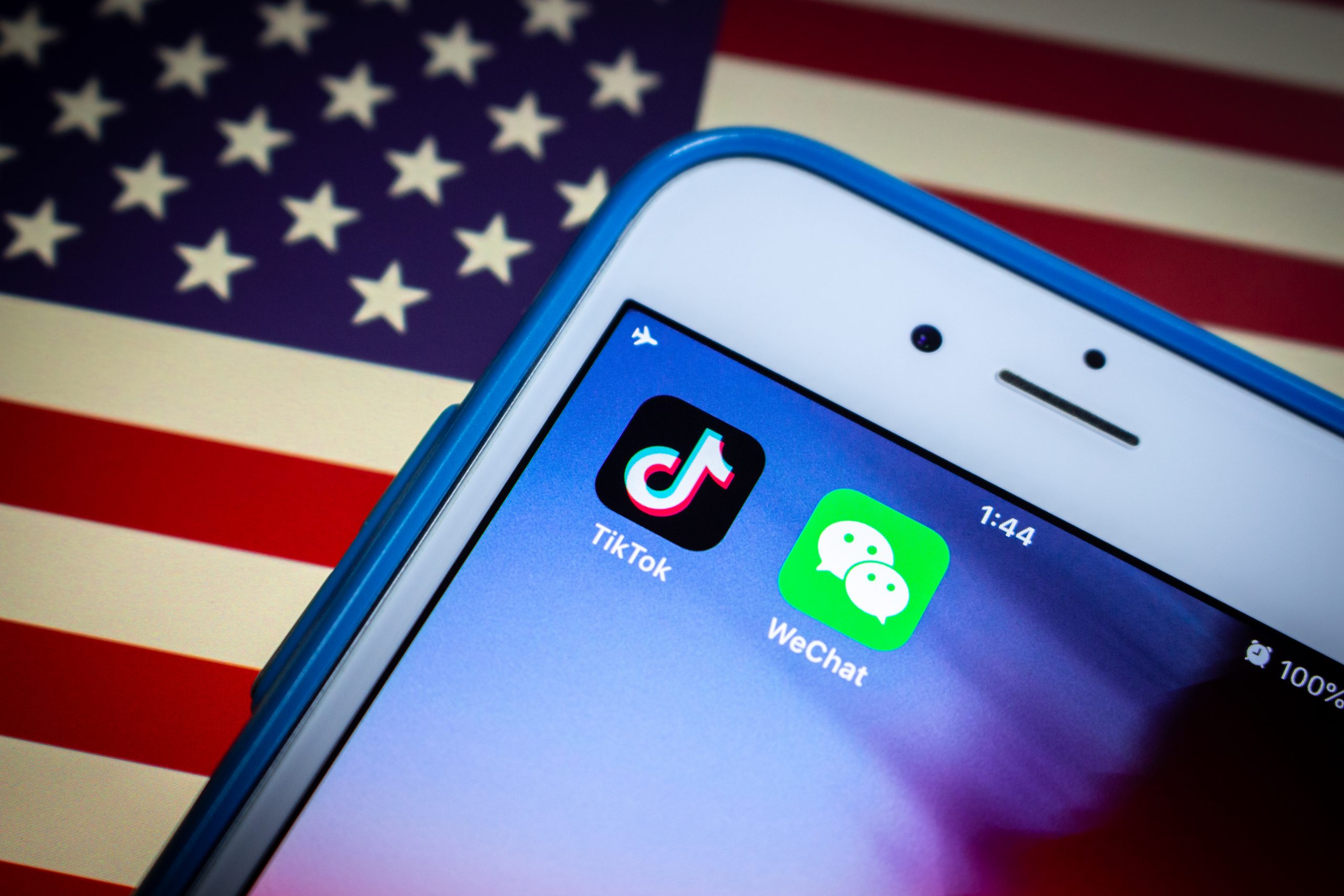Jing Travel is covering the WeChat and TikTok story as it develops with special attention on the potential implications for cultural institutions. Read our previous coverage here.
The drawn out saga between the Trump Administration and Chinese technology companies seemed to take a decisive turn on Sept 18 when the U.S. Commerce Department pledged to ban WeChat and TikTok from the country’s app stores on Sept 20.
After a dramatic weekend, however, both apps remain downloadable — for now at least.
In TikTok’s case, Oracle and Walmart came to a Trump-approved agreement with ByteDance, the Chinese technology giant. The deal will see the creation of TikTok Global with the American companies holding a 20 percent stake and guaranteeing data privacy security to U.S. users.
WeChat escaped a ban via the courts as a federal judge in California issued an injunction temporarily blocking the ban. In mid-August, the U.S. WeChat Users Alliance filed a motion claiming the executive order violated their right to free speech and protection against discrimination.
The ban facing WeChat was set to immediately curtail the transfer of funds and processing of payments through Tencent’s app. It would also have introduced a host of measures aimed at restricting the app’s usability and functionality. The proposed bans followed on from President Trump’s Aug 6 executive orders that drew on concerns around protecting national security.
Both apps hold enormous popularity in the U.S; TikTok has 100 million users — particularly among Millenials and Gen Zers — and WeChat has been a technological bridge between the U.S. and China with 20 million daily active U.S. users.

WeChat and TikTok are two of the most used social media platforms in 2020. Image: Hootsuite
What does this mean for U.S. museums and cultural institutions?
As stated by a senior Commerce Department official, WeChat users in the U.S. would experience a severely diminished app with lags, reduced functionality, and sporadic outages.
A damaged user experience would hamper the ability of U.S. cultural institutions to connect with local Mandarin speaking communities. It would also impact the ability of institutions to facilitate outbound Chinese tourists. At present, many of the country’s leading cultural attractions from museums to theme parks to national parks use WeChat — and Mini Programs, non-downloadable apps — to provide a host of resources including maps, ticketing, and customer service.
On the positive side, the order would not prohibit U.S. companies from conducting business on WeChat outside of the country, allowing attractions to continue connecting with and potentially generating revenue from Mainland audiences.
TikTok
ByteDance’s short-video sharing app stands as arguably the first Chinese cultural export to win a global audience. Although few cultural institutions have accounts on the all-singing all-dancing viral app, the number continues to grow with the likes of The Metropolitan Museum of Art and the Carnegie Museum of Natural History finding success. It may well prove a valuable tool for helping organizations to connect with younger audiences.
Whether or not the Chinese government will approve of the deal, or indeed it will stand up under deeper scrutiny in Congress, remains unclear.



